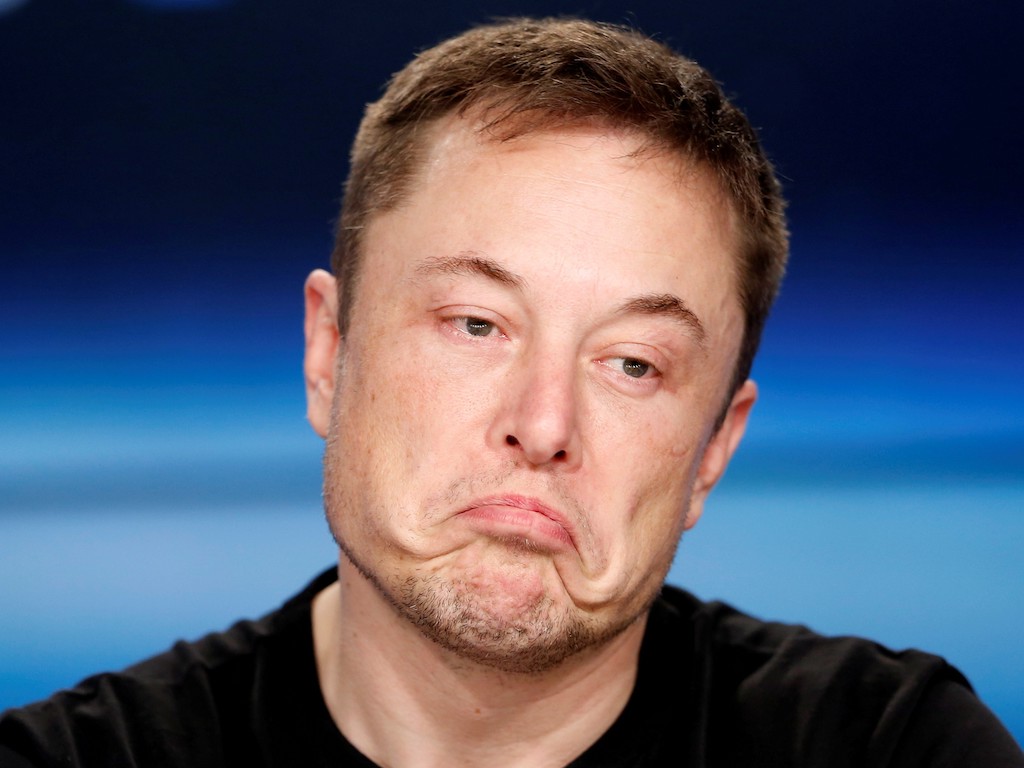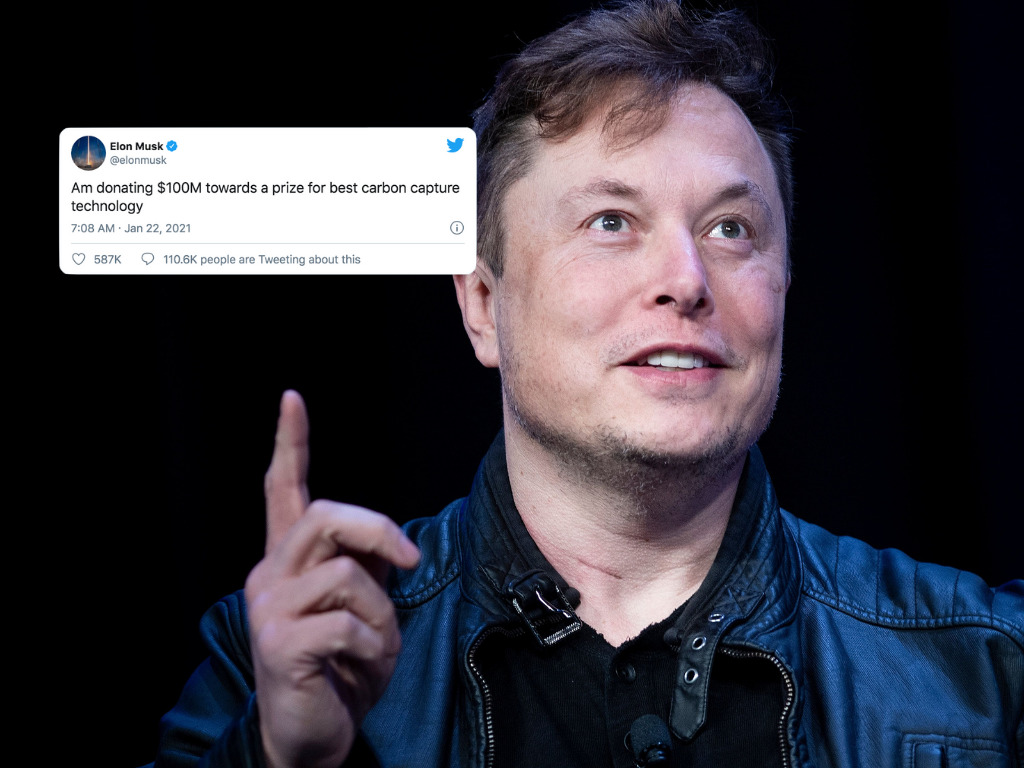3 Mins Read
Tesla founder and billionaire entrepreneur Elon Musk recently announced that he will award a US$100 million prize for the development of technology that can most effectively capture carbon dioxide emissions.
Breaking the news on his twitter account, Tesla founder Elon Musk announced a US$100M prize for the first person to develop the most effective technology to capture carbon.
Musk tweeted: “I’m donating US$100M towards a prize for best carbon capture technology,” followed by a second tweet that added, “Details next week.”
A person with knowledge of the plan told TechCrunch that the donation could be part of a prize connected to Xprize Foundation, a non-profit organization that awards prizes to industry-changing technology for a more sustainable world.

Besides Tesla, Musk is the head of rocket company SpaceX and Neuralink, a startup that is creating ultra-high bandwidth brain-machine interfaces to connect the human brain to computers. Musk also co-founded and sold internet payments company PayPal.
Capturing carbon and storing it uses a variety of technologies that all have the ultimate goal of trapping carbon dioxide, a greenhouse gas that is warming the planet, in order to stop it from being continually dumped in the atmosphere.
Once installed, carbon capture tech can capture emissions from industries, power plants and even the air around us. At the moment, there are around two dozen large-scale plants that can capture about 40 million metric tons of CO2 every year i.e about 0.1% of the global annual total.
The technology to capture carbon emissions is one critical way to keep global warming under control. However, only minimal progress has been achieved in this field with efforts focused on reducing emissions rather than eliminating existing carbon out of the air.
In a report published late last year, the International Energy Agency (IEA) said that a sharp rise in the deployment of carbon capture, utilization, and storage (CCUS) technology would be required if countries are to meet net-zero emissions targets and decarbonize the energy infrastructure, reduce greenhouse gas (GHG) emissions in heavy industries, and start the production of low-carbon hydrogen, stating that “reaching net-zero will be virtually impossible without CCUS.”
Despite the many ways Musk works towards a more sustainable future, he has crossed environmental activists efforts a few times, most recently in May last year when despite having at least 42 pending environmental violations at his Tesla factory in California, he reopened his factory against the county’s coronavirus orders. He then threatened to move the factory from California to Texas or Nevada, and subsequently, the county struck a deal with Musk that allowed the factory to reopen provided certain safety measures were put in place.
Newly-sworn-in U.S. President Joe Biden has pledged to speed up the development of carbon capture technology as part of his sustainability plan to tackle climate change. He has appointed Jennifer Wilcox, an expert in carbon removal technologies, as the Principal Deputy Assistant Secretary for fossil energy at the U.S. Department of Energy.
Companies around the world are working in some capacity to develop tech that captures carbon effectively. For instance, LanzaTech has created technology that captures waste gas emissions and makes use of bacteria to turn it into useable ethanol fuel and Climeworks, a Swiss startup, specializes in direct air capture that utilizes filters to grab carbon dioxide from the air.
Canadian company Carbon Engineering also works in removing carbon dioxide from the atmosphere and processing it for use in enhanced oil recovery or to develop new synthetic fuels.
Last year in November, British clean energy entrepreneur Dale Vince announced his brand new venture, Sky Diamonds that claim to have created lab-grown diamonds made from capturing carbon dioxide directly from the air we breathe (a world first), with the ‘zero-impact’ diamonds set to launch as soon as this year.
Lead image courtesy of Brendan Smialowski for AFP/Twitter.



